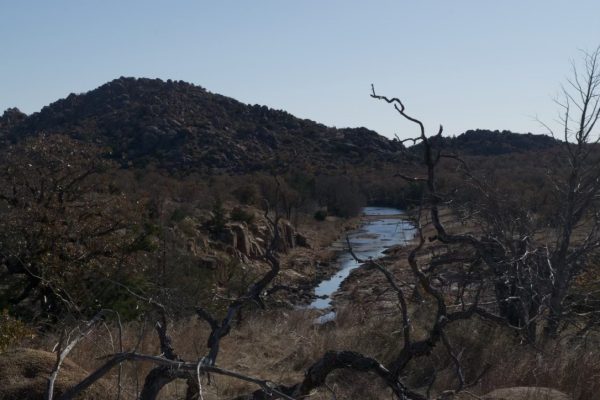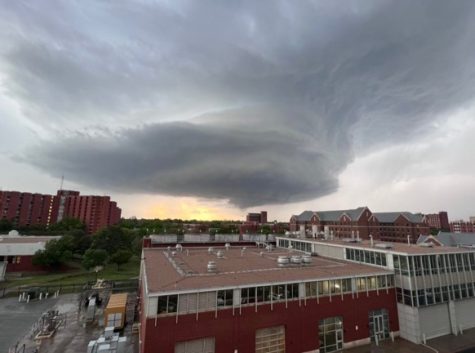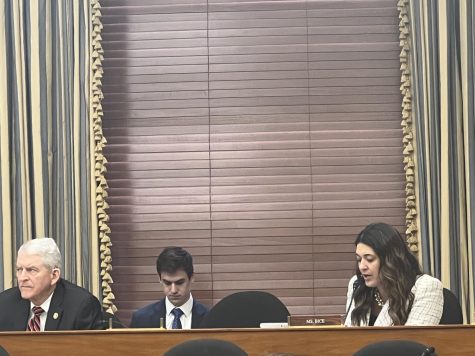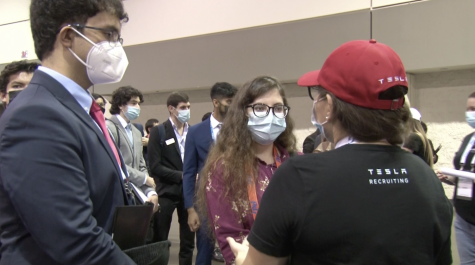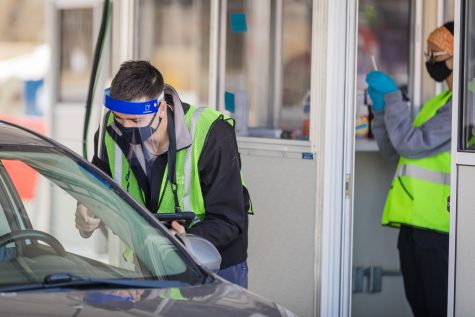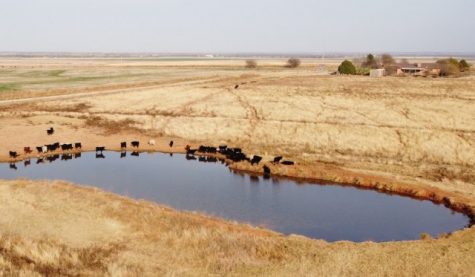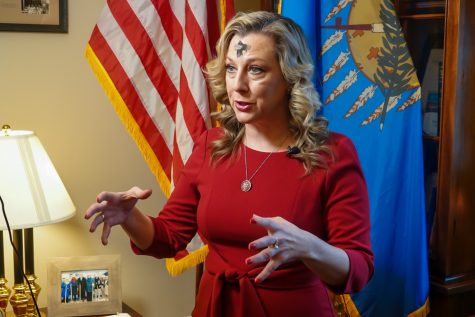Oklahoma technicians key to fixing D.C. radar
The Radar Operations Center, located at the National Weather Center (pictured) in Norman, Okla., coordinates meteorological and engineering support for 122 weather forecasting offices across the US. Photo courtesy University of Oklahoma
WASHINGTON — A team of six technicians from Oklahoma’s Radar Operations Center arrived Saturday in Virginia to repair the main Doppler weather radar for the U.S. capital.
The National Weather Service’s most powerful radar, operating out of Sterling, Virginia near Dulles International Airport, covers the skies for northern Virginia, central Maryland, the eastern part of West Virginia and the District of Columbia.
Since the radar suddenly stopped working, however, in late September, forecasters have been forced to depend on airport radars and other weather service radars scattered throughout New Jersey, Pennsylvania, Virginia and West Virginia.
Two inspectors were called from Oklahoma on Sept. 26 and assisted local technicians in assessing the radar and the extent of the damage.
“The bull gear failed, and that’s the gearing for the entire radar, and unfortunately it’s at the base of the whole unit that spins around inside the dome,” Chris Strong, coordination meteorologist at the Baltimore/Washington office for the National Weather Service, said. “It’s a lot of work to get at it, to replace it, and then put it all back together again.”
This significant and unique failure required the expertise of specialized workers, a group of six engineers that the Radar Operations Center in Norman, Oklahoma, deployed on Thursday.
“The situation with the Sterling radar is the type of situation that a local technician there might only see once in their entire career, or maybe never at all,” Jessica Schulz, deputy director at the Radar Operations Center, said. “It’s a pretty rare occurrence for any given radar, and it also requires heavy equipment and special training to make sure that the job is being done safely.”
The operations center, frequently called the “ROC” because of its importance, is a national resource for the 122 forecast offices across the United States. The Oklahoma team drove tons of equipment more than 1,000 miles to the Virginia radar site.
“For anybody that hasn’t seen one of these Doppler radar towers, it looks like a big golf ball or a big volleyball in the sky, held up by this big tower,” Strong said. “And within that round white dome is this big piece of machinery that spins around on its axis, that goes up and down to scan the sky, and it’s constantly spinning and moving.”
The tower itself is about 100 feet tall, so “logistically, it’s quite an effort” to hoist the equipment needed for repairing the radar to the top of it, Strong said.
A Doppler radar bounces a microwave signal off a cloud formation to gather key data of a storm, such as wind speed and rain. The widespread adoption of Doppler radars resulted in major meteorological advances for the forecasting of tornadoes.
The Sterling radar will stay down until Oct. 16, according to a statement from the National Weather Service while the six-technician team works to restore it.
In the meantime, weather coverage will be primarily handled by four smaller weather radars operated by the Federal Aviation Administration and located at the major airports Dulles, Reagan National, and Baltimore-Washington International, as well as Joint Base Andrews.
“You’re always concerned about weather threats here in the mid-Atlantic, but if you’re going to have an outage like this, it’s great that it’s happening now and not a month ago when we were having a lot of severe storms, a lot of severe weather, at the height of the summer,” Strong said, alluding to the tumultuous hurricanes Laura and Marco which ravaged Atlantic coastlines in August.
“If we’re going to have longer stretches of settled weather, they tend to be in late September through October, so hopefully we can keep that going until the radar comes back and gets us back to 100 percent.”
Gaylord News is a Washington-based reporting project of the University of Oklahoma Gaylord College of Journalism and Mass Communication.

is a journalism major at the University of Oklahoma, with minors in Religious Studies and English, Literary and Cultural Studies. He was co-founder and editor of Rap Chronicle, an online music magazine that published between fall of 2014 of and spring of 2017. His other bylines can be found in NonDoc, The Norman Transcript, and OU Daily. Jessie has worked his way through college as a crew member/server at Norman restaurants. He reported in Washington D.C. during the 2020 presidential election on behalf of Gaylord News.


